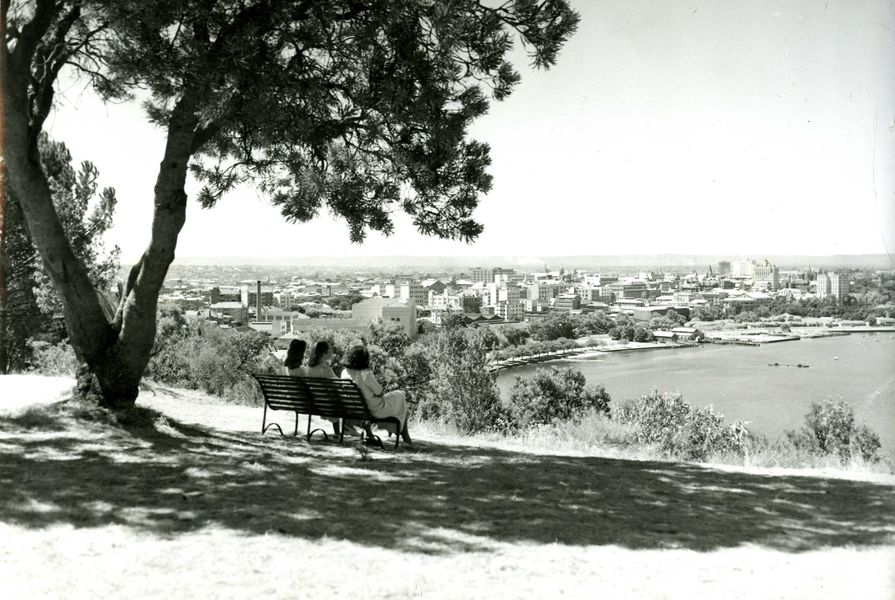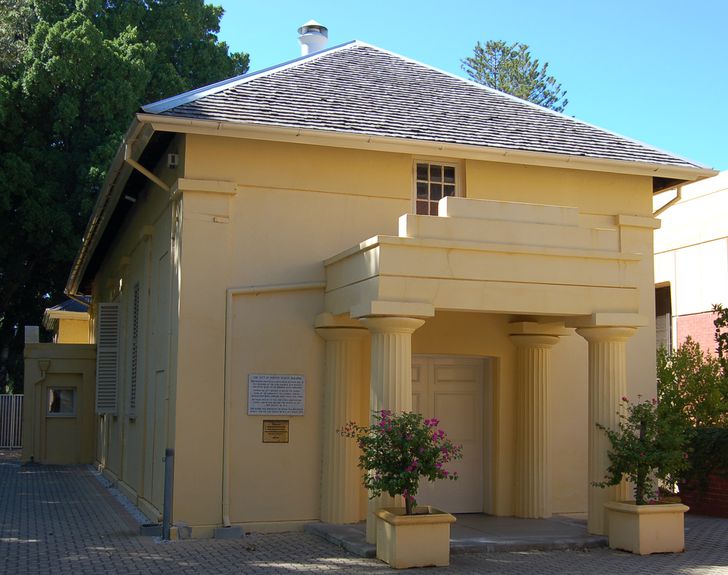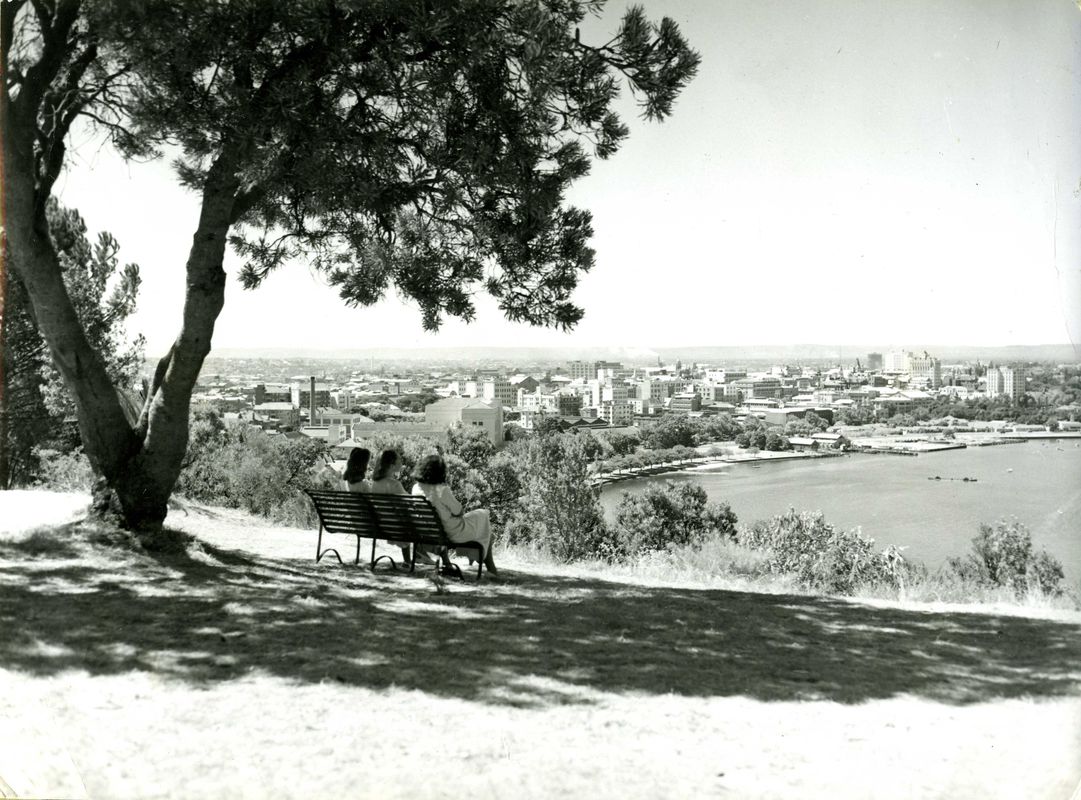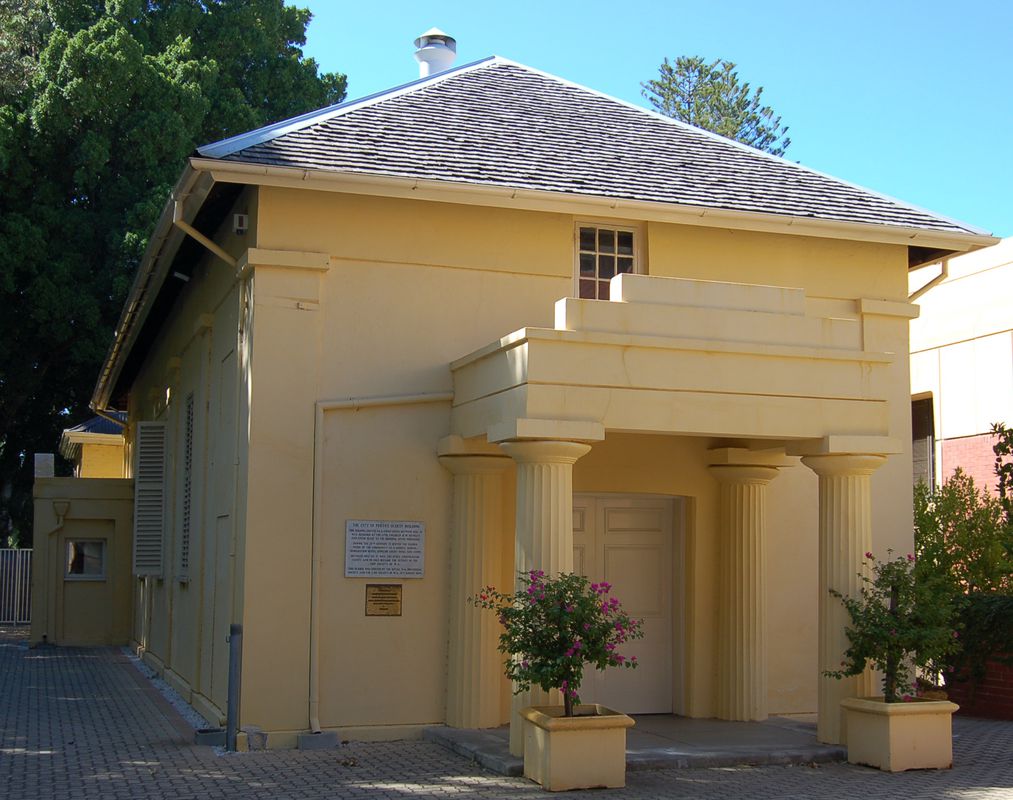Everywhere which displays the interaction through time between people and the environment tells the story of humankind’s endeavours: their successes and failures, their trials and tribulations, their attempts to commune with the supernatural and their forms of cultural expression through art and architecture. In fact, the whole gamut of human activity. In the case of Australia, this activity goes back more than 40,000 years and encompasses the oldest surviving culture on the planet — something to be very proud of.
Many parts of this historic environment are considered important by society as a whole, whilst other parts are of importance to smaller groups, but all merit some level of protection or consideration. These are our heritage assets, which are of priceless value and, as such, likely to be valued in a similar way by future generations.
The dictionary defines heritage as everything that has been inherited from our predecessors. It can be historic treasures in our museums, or our own family heirlooms passed down from generation to generation, and can also be intangible things such as our history, traditions, legends and language.
Classical style ruins, location unknown [Temple of Zeus, Athens, looking back from the southeast corner at the Acropolis with the Parthenon temple above], ca. 1900–1930.
Image: State Library of Victoria lantern slide H92.350/975
It was the popularity of late 17th and 18th century ‘Grand Tour’ of Europe, undertaken by young, upper-class gentlemen in search of art, culture and the roots of Western civilisation, which slowly caused an awakening to the importance of historic buildings and artefacts in creating our sense of place and history.
In 19th century Britain, it was the writings of people like architect John Ruskin and the emergence of organisations such as the Society for the Protection of Ancient Buildings and the National Trust, which drew attention to the need to protect our historic sites as a community asset. Slowly, through the first decades of the 20th century, public interest in what were described in America as ‘tangible remnants of the past and monuments to the national democratic heritage’ increased. It inspired a fight to protect them which became vehement as the century moved on.
In the 1970s, the word ‘heritage’ gained its present more specialised usage as the name given to features of our environment and culture which we seek to conserve. As a result, the word became synonymous with the protection of places, objects, knowledge and skills that we now value not just for reasons of utility. Thanks to this heritage renaissance it has now been generally accepted by society that we have a responsibility to look after these assets and it is this which justifies a protection system for the historic environment. But what do we keep for the future and how do we assess it?
Australia’s premier policy document on cultural heritage, the Burra Charter, sets out guiding principles for conservation of heritage and gives four key characteristics that define what it terms ‘the cultural heritage significance’. These characteristics are the aesthetic, historic, scientific, social or spiritual value of a place for past, present or future generations. The resultant value judgement manifests itself in the fabric, setting, use, associations, meanings and records of any given place, all of which can have different ranges of importance to different groups or individuals. What is considered to be a place of cultural heritage significance is inevitably a subjective judgment. In order to address concerns about this subjectivity, heritage practitioners have developed criteria to ensure that heritage value is rated on a broader basis than just simply the ‘age of a place’.
The Old Court House, Perth’s oldest surviving public building. The court house is one of the city’s rare examples of the work of Pisa-trained colonial civil engineer Henry Reveley, and one of the few remaining 19th century buildings in the classical Greek revival style.
Image: Heritage Perth
Community opinion will always vary as to what is considered of heritage importance in their area, but it must be remembered that a place does not need to be important to everyone to be of cultural heritage significance and thus worthy of entry on a heritage register. Assessing heritage significance is the process of identifying those aspects of the history of a place and its context (setting, use, associations, records, related places and related objects), which help us to understand how the past has shaped the present. Every example has a story to tell and these stories are usually revealed by unravelling the archaeology of the place and working out a chronology for its development.
It must also be remembered that heritage significance is not limited to places or objects that are historically ‘exceptional’ or ‘elite’, nor to those which are ‘old’. Phrases such as ‘the last surviving’, ‘the only remaining’, ‘important surviving evidence’ can apply just as well to a humble settler’s cottage as they can to a grand civic building. We must also ensure that we retain a representative sample of our past, warts and all. If history does nothing else, it should inform our future and be a reminder, if necessary, ‘never to build something like that again’. Talk of ‘heritage places’ usually conjures up mental images of romantic castles or elegant country houses, but many forget gardens and landscapes also have a history, which significantly add to our heritage. They form the point where nature meets culture, helping to create that all important ‘sense of place’ (‘genius loci’). In an urban setting, historic parks and gardens often contain important fragments of natural landscapes, bear witness to different historical fashions in design, and can be refuges for rare flora and fauna.
By their very nature, historic parks and gardens are continually changing; growing, dying, evolving and, in the process, redefining themselves. This is why many tend to disregard them as important historic artefacts, when they are really a fragile and finite resource. They can be easily irreversibly damaged or completely lost. Even so, gardens and parks are an important part of our inheritance and, like our historic buildings, we have a duty to love and cherish them.
Today, the principle threats to cultural heritage sites are those of development, unsustainable tourism and insufficient or ineffective management. As a Department of the Environment website concedes:
Management and protection of Australia’s heritage is under-resourced and, despite our internationally recognised processes, some of the systems used to manage our heritage are cumbersome. This is out of line with community perceptions of heritage value. Consequently, our heritage is at great risk from the impacts of climate change, threats arising from development and pressures that flow from population growth.
If the things we value from the past, both Aboriginal and colonial are to survive, we need to start thinking outside the box and become more flexible in our approach to heritage protection. The key to the future for Australia’s heritage will depend on better resourcing and comprehensive assessments which are accepted by all levels of government and lead to adequate protection of what communities consider important to them.
The historic environment is more than just mere material remains, it is central to how we see ourselves and our identity as individuals, communities and as a nation. In a transient and rapidly changing world, interest in who we are and where we’ve come from is increasingly important. We must not stand by and idly let this important treasure slip through our fingers … you only miss it when it’s gone.
This article was originally published in Australian Garden History, volume 27 no 3, January 2016.


![Classical style ruins, location unknown [Temple of Zeus, Athens, looking back from the southeast corner at the Acropolis with the Parthenon temple above], ca. 1900–1930.](https://media3.architecturemedia.net/site_media/media/cache/8a/7f/8a7f9c561bf9398d9ccdc075dff24813.jpg)












![Classical style ruins, location unknown [Temple of Zeus, Athens, looking back from the southeast corner at the Acropolis with the Parthenon temple above], ca. 1900–1930.](https://media4.architecturemedia.net/site_media/media/cache/cf/5f/cf5fe9653af78ac689b2b5b82b8ebd40.jpg)
